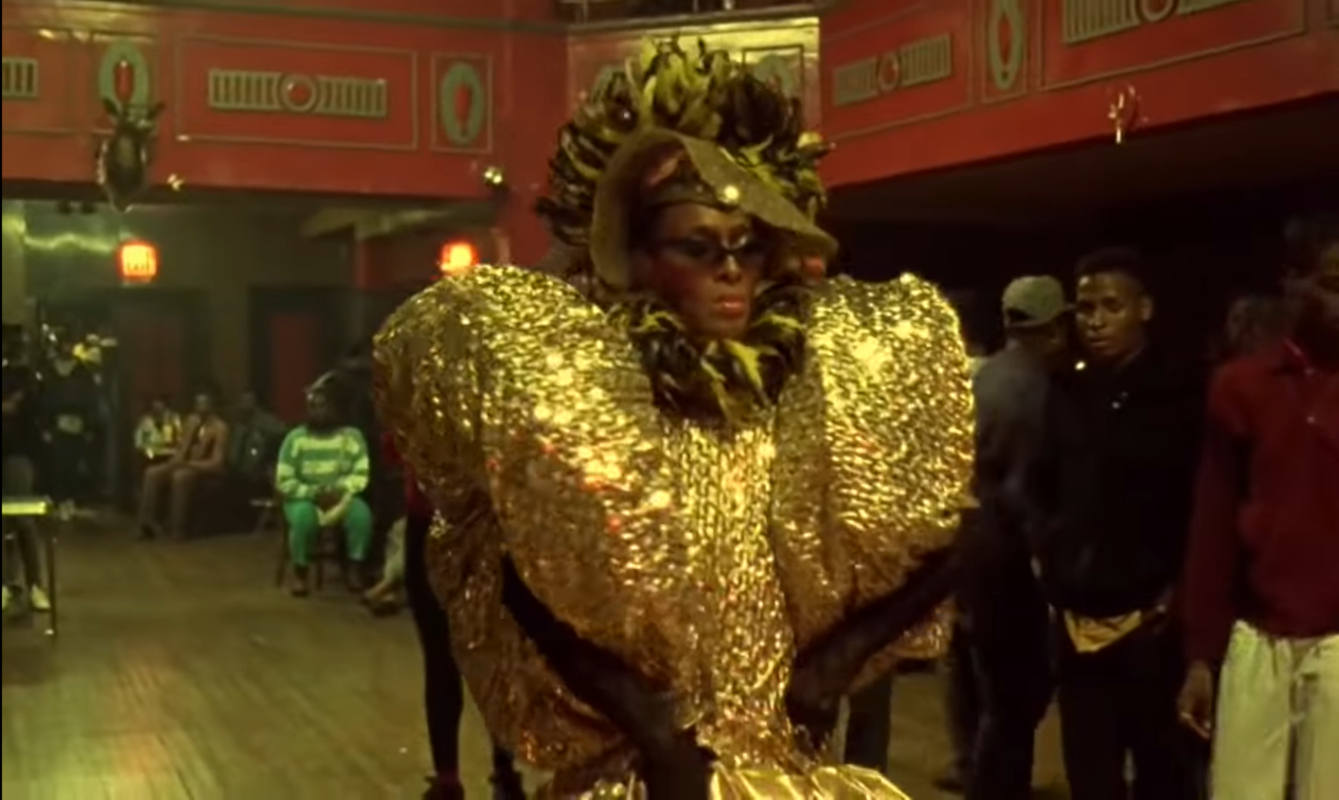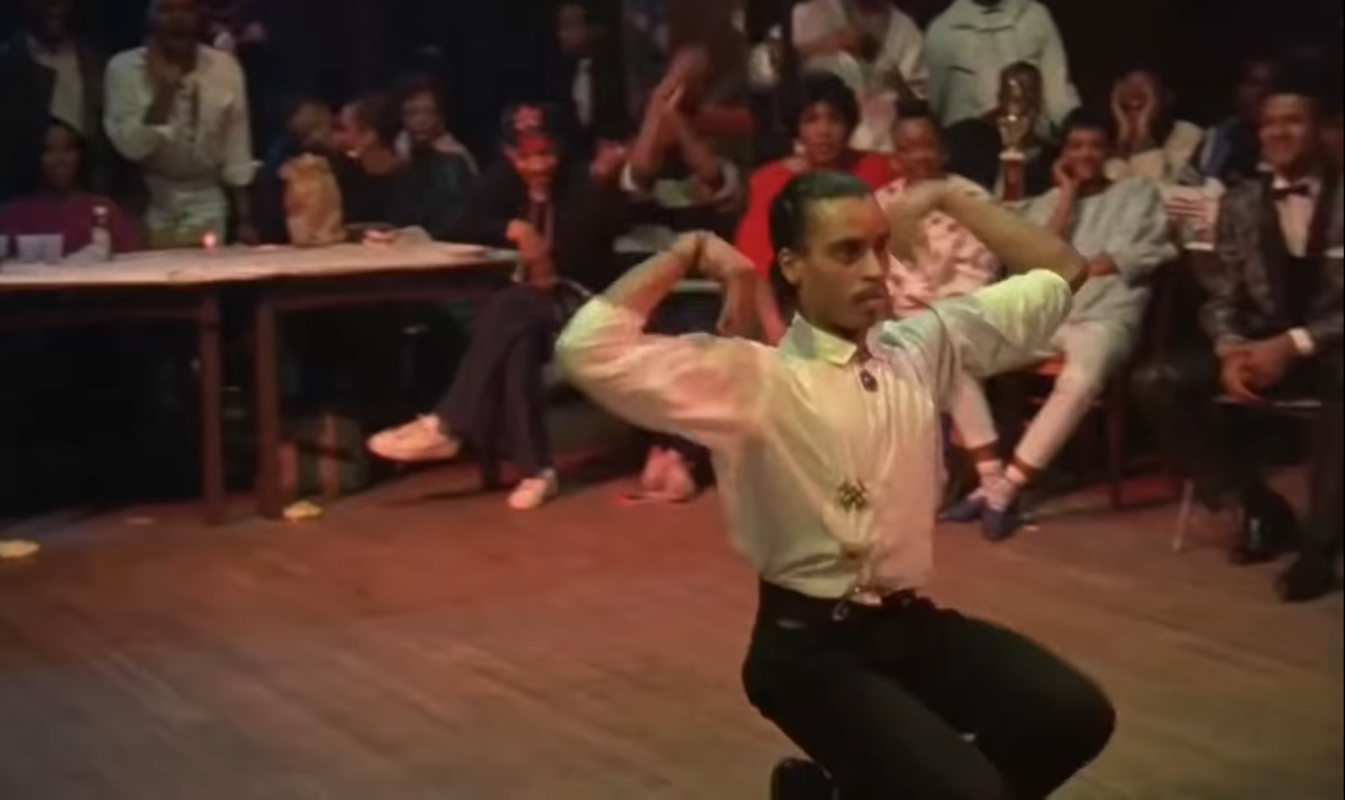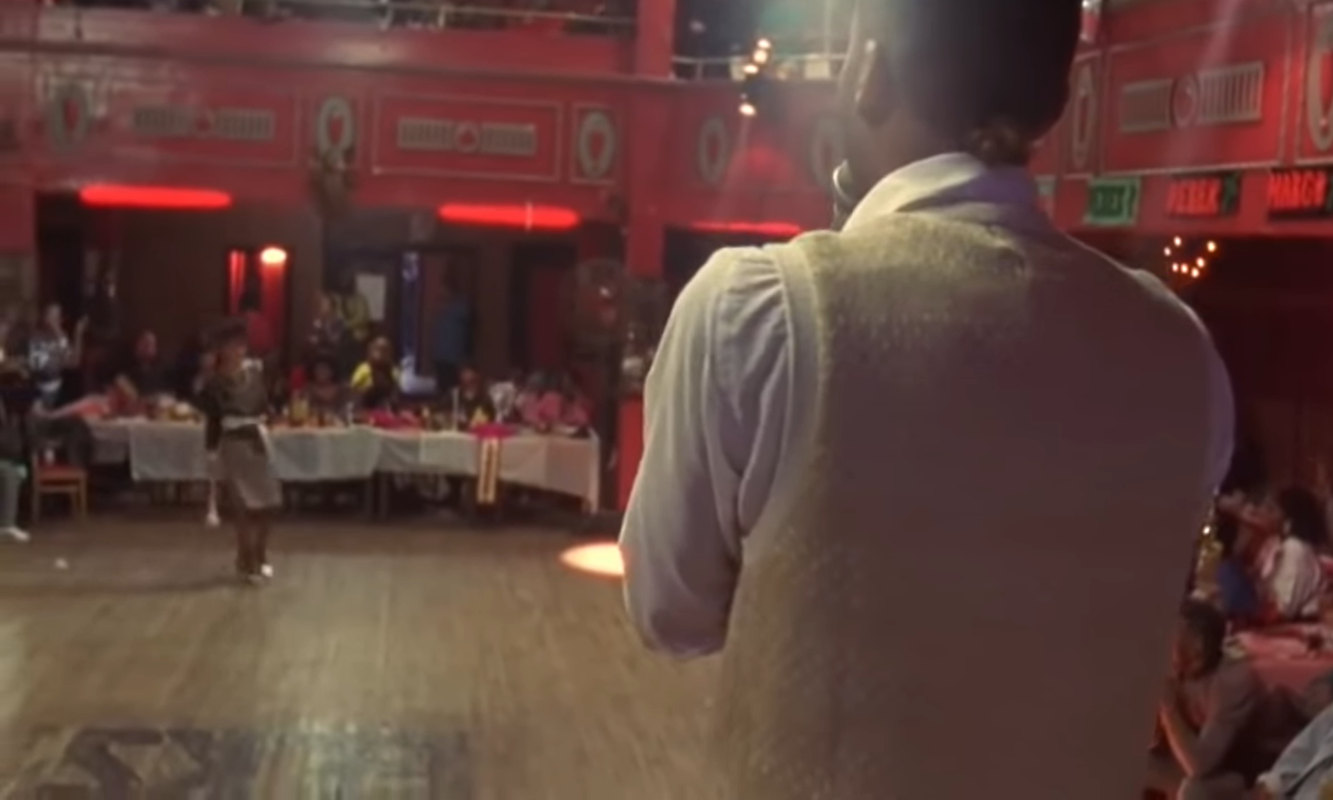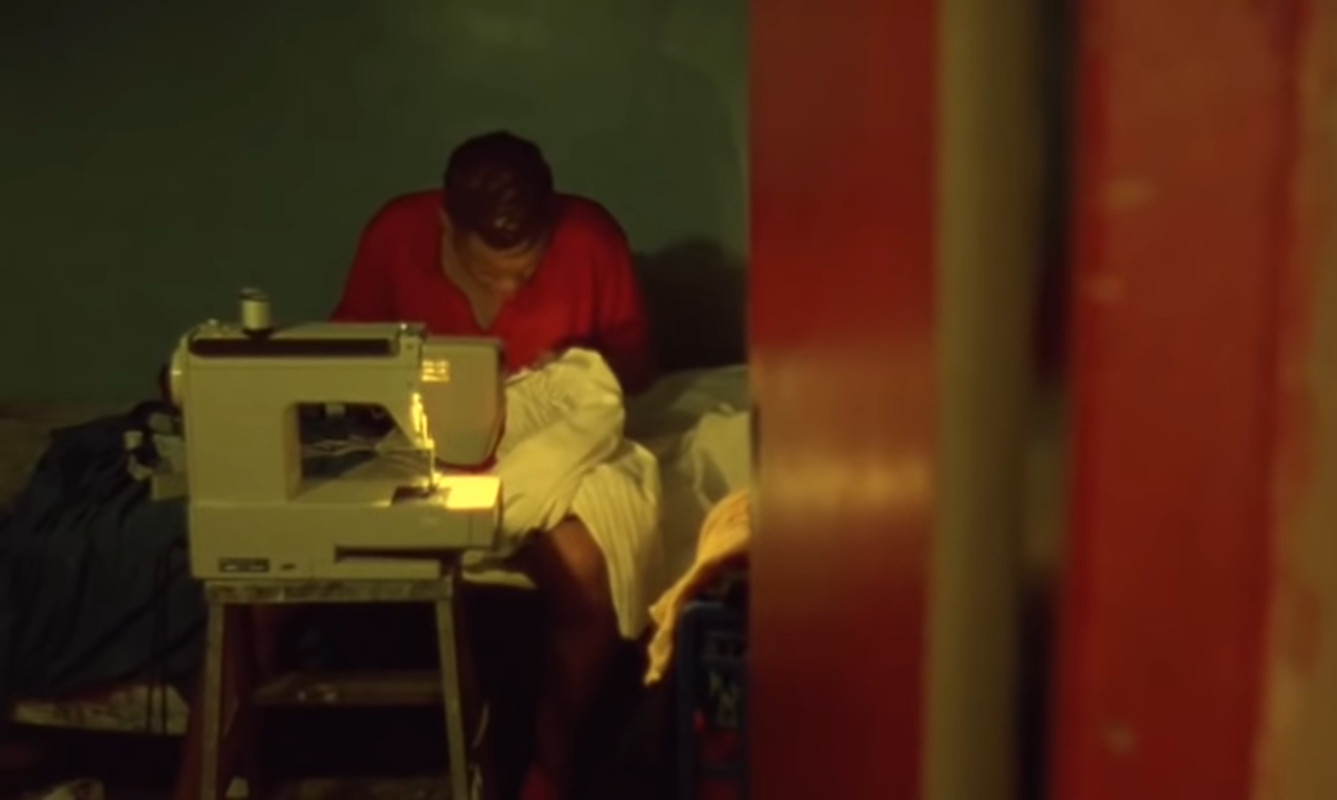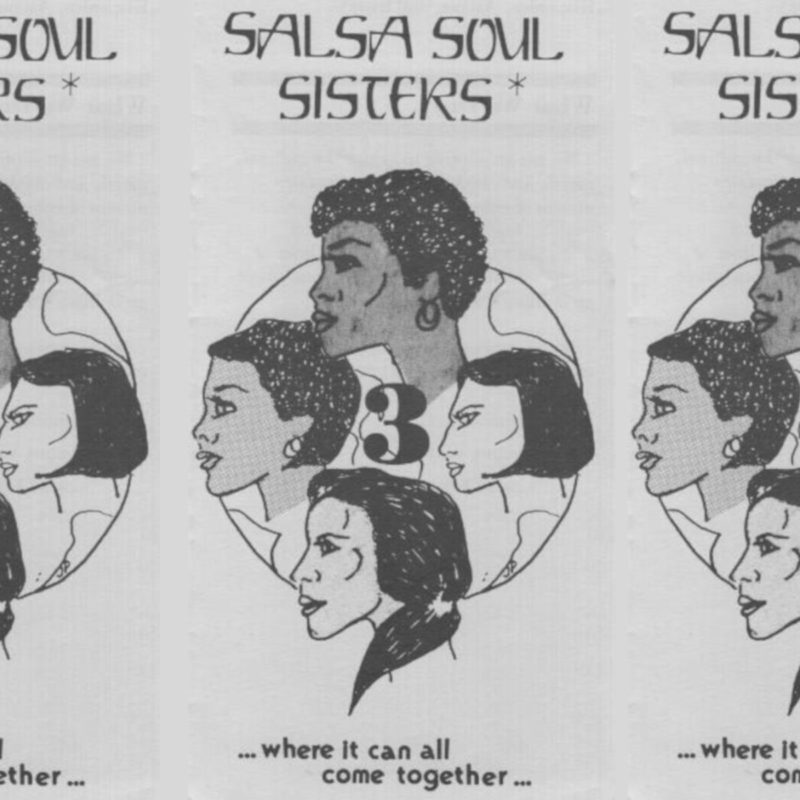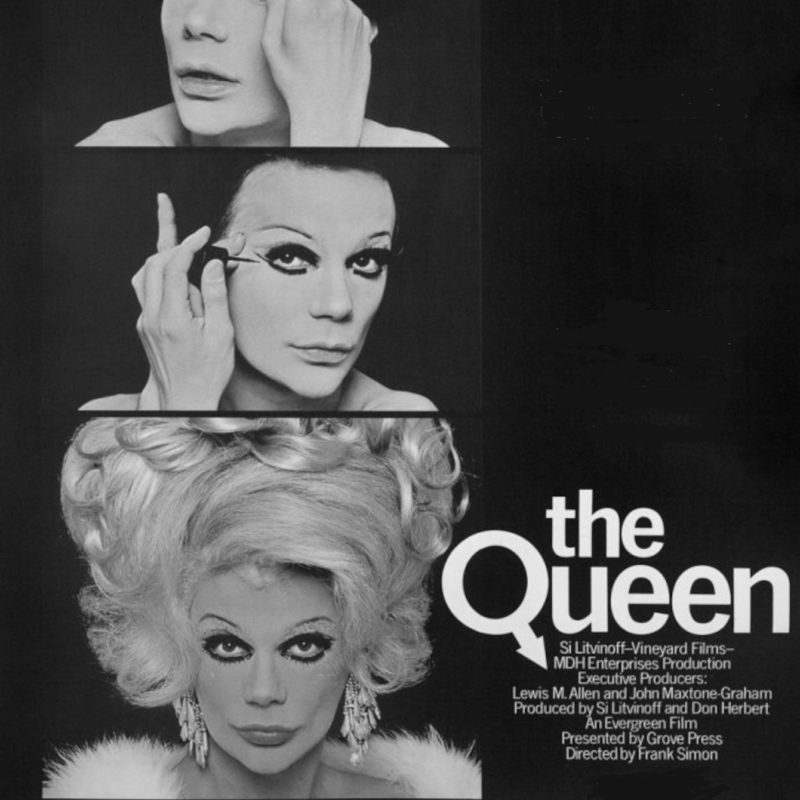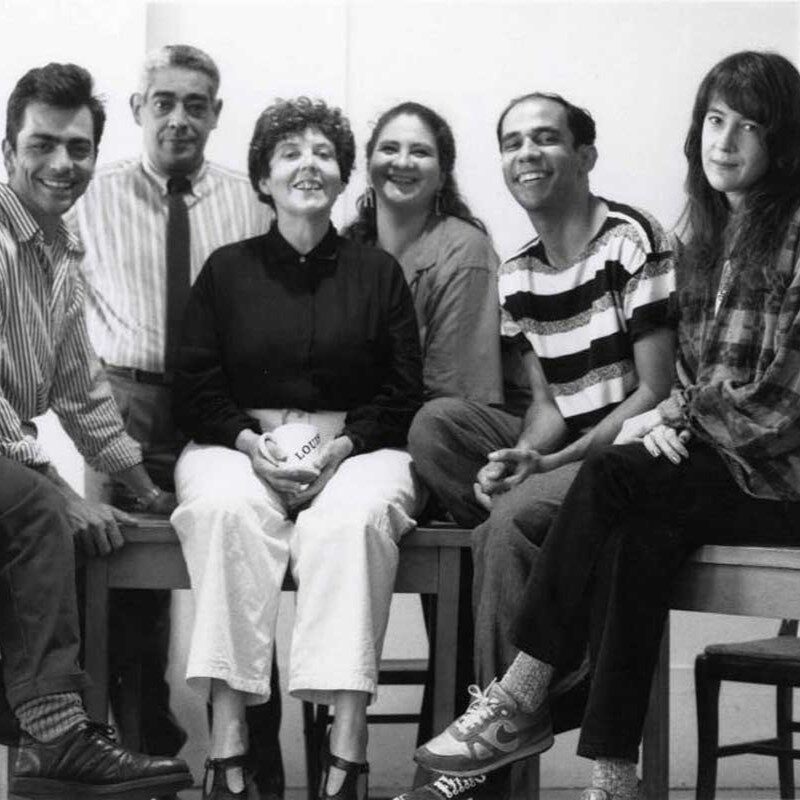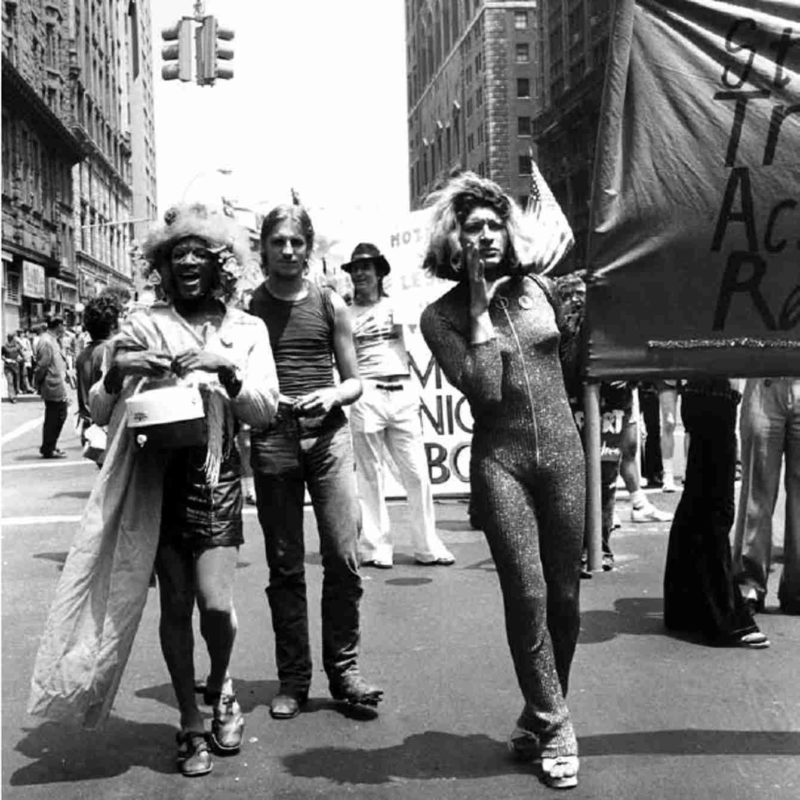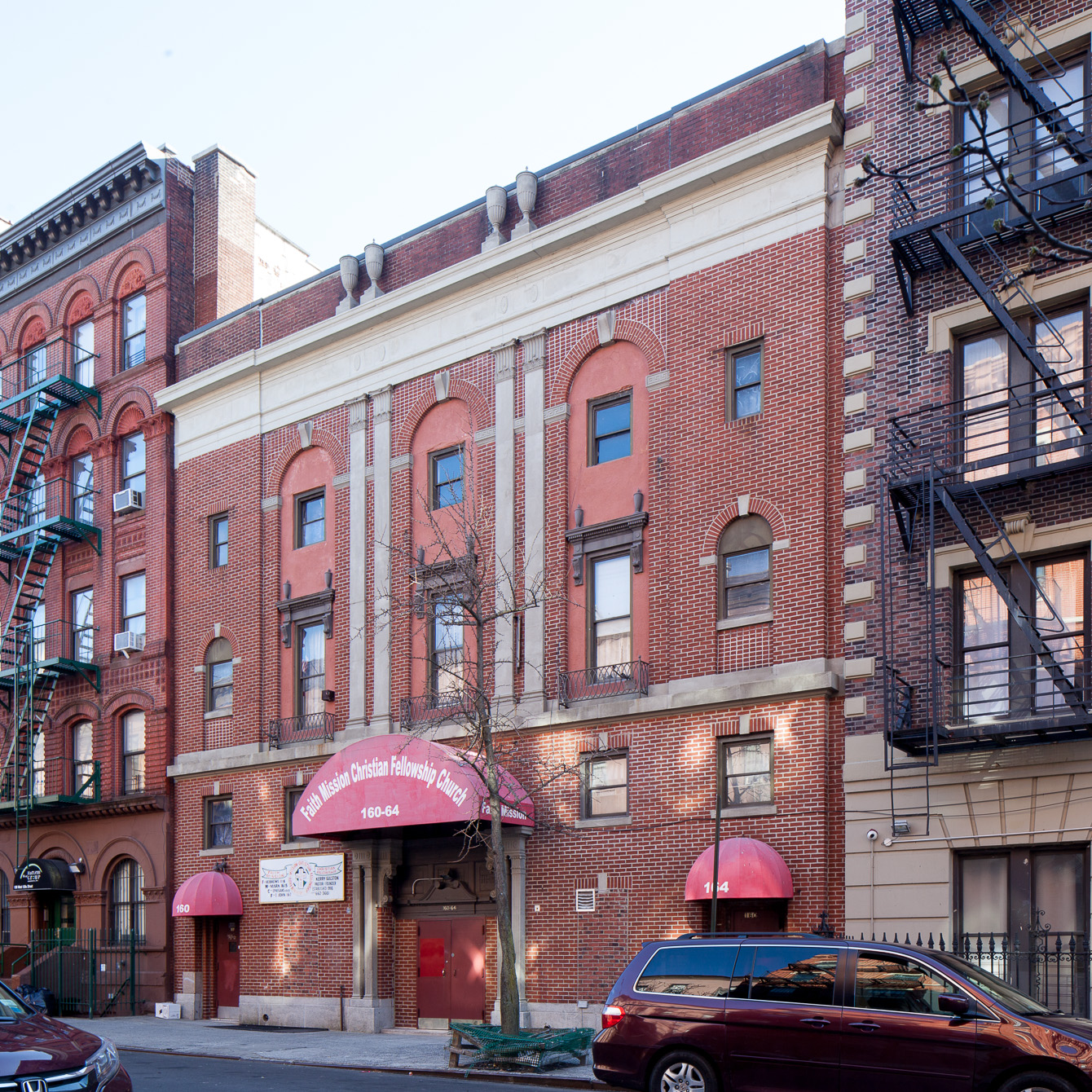
Drag Balls at Imperial Lodge of Elks
also known as the Elks Lodge
overview
A rare surviving Harlem building that hosted drag balls, the Imperial Lodge of Elks (also referred to as the Elks Lodge) was prominently featured in the documentary Paris Is Burning (1990), which focused on the city’s 1980s ballroom scene.
Drag queens, gay men, and trans women of color from several notable houses from that era competed here, including those from the House of LaBeija, the House of Xtravangaza, and the House of Ninja.
History
Annual drag balls began taking place in the late 19th century around Manhattan and reached their peak of popularity during the Harlem Renaissance in the 1920s and 1930s. One of the largest such events, held in Harlem’s Rockland Palace (demolished), was the Hamilton Lodge Ball, also known as the “Faggots Ball” for the hundreds of male and female participants in drag. The balls drew thousands of straight spectators. Contestants were Black and white, though Black participants felt discriminated against, even in Harlem, in white-organized balls and eventually began hosting their own balls by the early 1960s. This began the modern era of drag ball culture that still exists today.
Harlem’s Imperial Lodge of Elks (also referred to as the Elks Lodge), built for a Black fraternal organization in 1922-24, opened with a dance hall. The lodge was prominently featured in Paris Is Burning (1990), the award-winning documentary on the city’s underground competitive ballroom scene of the late 1980s. The footage shows participants, judges, and spectators in the dance hall, with its elevated stage and paneled, red-painted U-shaped balcony overlooking the wood dance floor, which has “ELKS” written in black paint. A taxidermied elk head hangs on one of the balcony walls.
Various houses are seen competing at the lodge, providing a snapshot of ball culture at that time. A house in this context is a kind of surrogate family, headed by a “mother” and/or “father” (typically older drag queens, gay men, or trans women) who provide guidance and support for their “children,” largely gay or trans youth of color who were poor, homeless, and disowned from their families. Houses, and the balls, were therefore safe havens for LGBT youth who often survived through sex work. Shown competing at the Elks Lodge in the documentary were the House of LaBeija (founded in 1972 by Crystal LaBeija and Lottie LaBeija), the House of Corey (founded in 1972 by Dorian Corey), the House of Pendavis (founded in 1979 by Avis Pendavis), the House of Ninja (founded in 1982 by Willi Ninja), the House of Xtravaganza (founded in 1982 by Hector “Xtravaganza” Valle), the House of Ebony (founded by Richard Ebony and Larry Ebony), and the House of St. Laurent (founded in 1982 by Robbie St. Laurent). While the ball community was predominantly Black, the House of Ninja was known for being multi-racial and the House of Xtravaganza (still active) was formed for Latinos who felt excluded from the other houses.
Pepper LaBeija, mother of the House of LaBeija, spoke of the importance of the balls to the community: “Those balls are more or less like our fantasy of being a superstar, you know, like the Oscars or whatever, or being on a runway as a model. You know, a lot of those kids that are in the balls, they don’t have two of nothing. Some of them don’t even eat. They come to balls starving and they sleep in the Under 21 or they sleep on the pier or wherever. They don’t have a home to go to, but…they’ll go out and they’ll steal something and get dressed up and come to a ball for that one night and live the fantasy.” Participants competed in various categories and earned “legendary” status for themselves and their houses after consistent wins. Voguing, a highly stylized dance, originated in the Harlem ballroom scene of the late 1980s.
Houses and the balls were heavily affected by the AIDS epidemic, though ball culture remains active and influential today. In 1997, the Imperial Lodge of Elks was converted into a church and is now occupied by the Faith Mission Christian Fellowship Church. It has new interior paneling, but the original molding, balcony, and stage are still intact.
Entry by Amanda Davis, project manager (December 2019), and based on preliminary research by Jade Levine, Barnard College student.
NOTE: Names above in bold indicate LGBT people.
Building Information
- Architect or Builder: Vertner Tandy
- Year Built: 1922-24
Sources
George Chauncey, “The Harlem Drag Ball Scene,” Columbia News, May 28, 2019, bit.ly/38cR5nd.
Karyl J. Truesdale, “Striking a Pose: A History of House Balls,” Council of Fashion Designers of America, August 3, 2018, bit.ly/2YLg0Kc.
Paris Is Burning, Jennie Livingston, 1990. [source of Pepper LaBeija quote]
Stephen Robertson, “Perry Brown: A Lodge member’s life in Harlem,” Digital Harlem Blog, July 15, 2010, bit.ly/2LSzB6e.
Stuart Baker, ed., Voguing and the House Ballroom Scene of New York, 1989-92 (London: Soul Jazz Books, 2011).
Do you have more information about this site?
This project is enriched by your participation! Do you have your own images of this site? Or a story to share? Would you like to suggest a different historic site?
